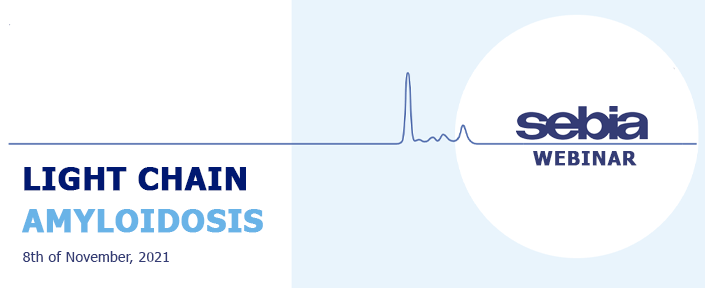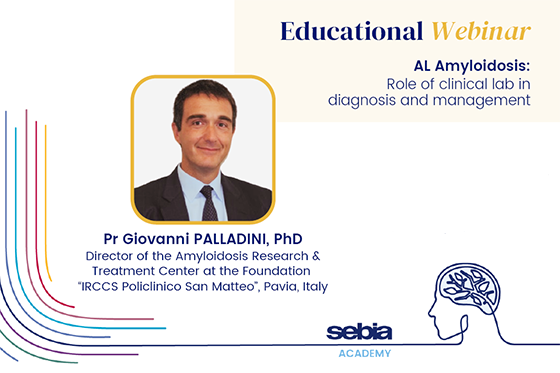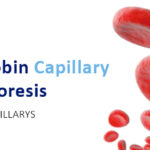Sebia Educational webinar – Light chain amyloidosis
Abacus dx and Sebia are pleased to present an education webinar on light chain amyloidosis.
AL amyloidosis – role of clinical lab in diagnosis and management
Prof. Giovanni Palladini, PhD
Director Amyloidosis Research and Treatment Center, Pavia, Italy
Monday, 8th November
Brisbane: 7:00pm
Sydney / Melbourne: 8:00pm
Perth: 6:00pm
Due to the time difference, please register for the webinar to ensure you can receive a link to the recording.
Speaker biography
Dr. Palladini is professor of clinical chemistry at the University of Pavia and the Acting Director of the Amyloidosis Research and Treatment Center at the Foundation “IRCCS Policlinico San Matteo”, Pavia, Italy. Dr. Palladini contributed to the introduction of novel agents in the treatment of AL amyloidosis. His studies led to the development of several treatment regimens for AL amyloidosis and to the introduction of NT-proBNP as a marker of diagnosis, prognosis and response of cardiac involvement in this disease, and to the establishment and validation of criteria for hematologic and organ response to therapy in AL amyloidosis.
Abstract
Light chain (AL) amyloidosis is caused by a usually small plasma cell (or B cell) clone. In the last two decades the ability of reliably detecting and measuring the amyloid monoclonal protein and biomarkers of organ damage radically changed the management of this disorders.
The measurement of circulating free light chains coupled with immunofixation of serum and urine is needed to identify the amyloid light chain at diagnosis, to assess response to treatment, and to identify relapse. More recently, evaluation of minimal residual disease in the bone marrow by next generation flow cytometry has been introduced.
Staging is based on markers of cardiac (NT-proBNP, troponin) and renal (proteinuria, eGFR) involvement, whose changes are used to evaluate response to treatment. These biomarkers have also been proposed to allow early pre-symptomatic diagnosis in patients known to have a plasma cell dyscrasia. Other biomarkers of organ dysfunction and damage, such as GDF-15, ST2, urinary albumin to creatinine ratio have been proposed. The clinical laboratory has a crucial role in screening, diagnosing, staging, and monitoring systemic AL amyloidosis.








